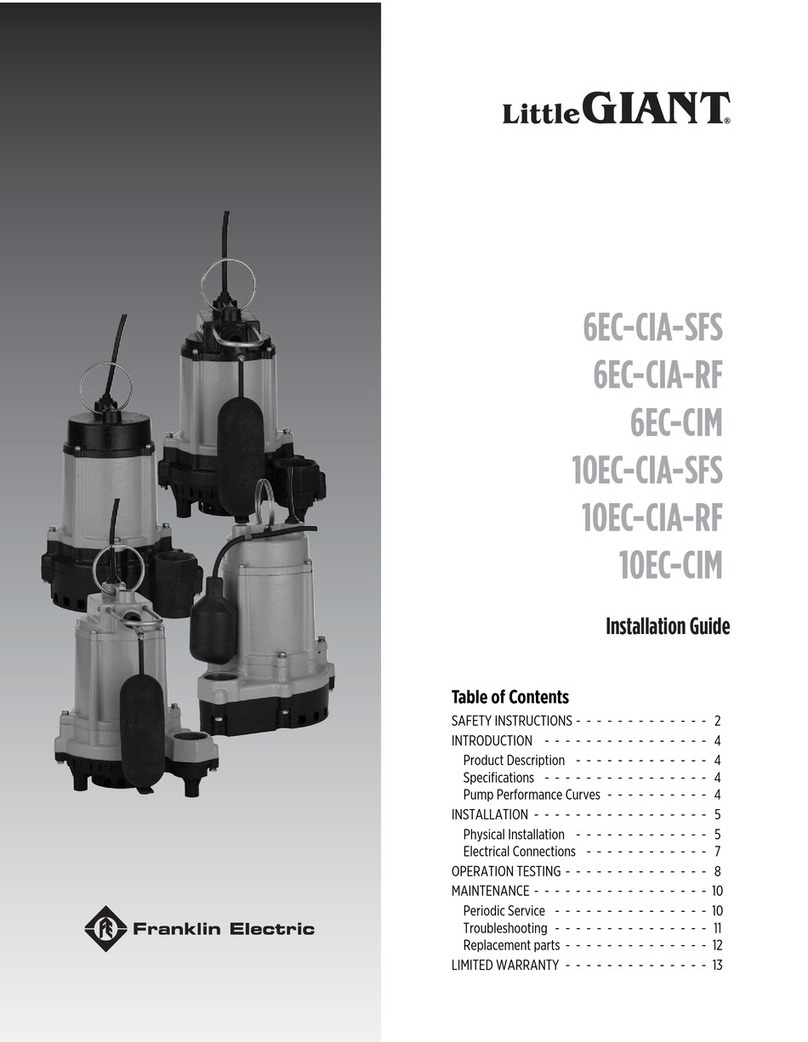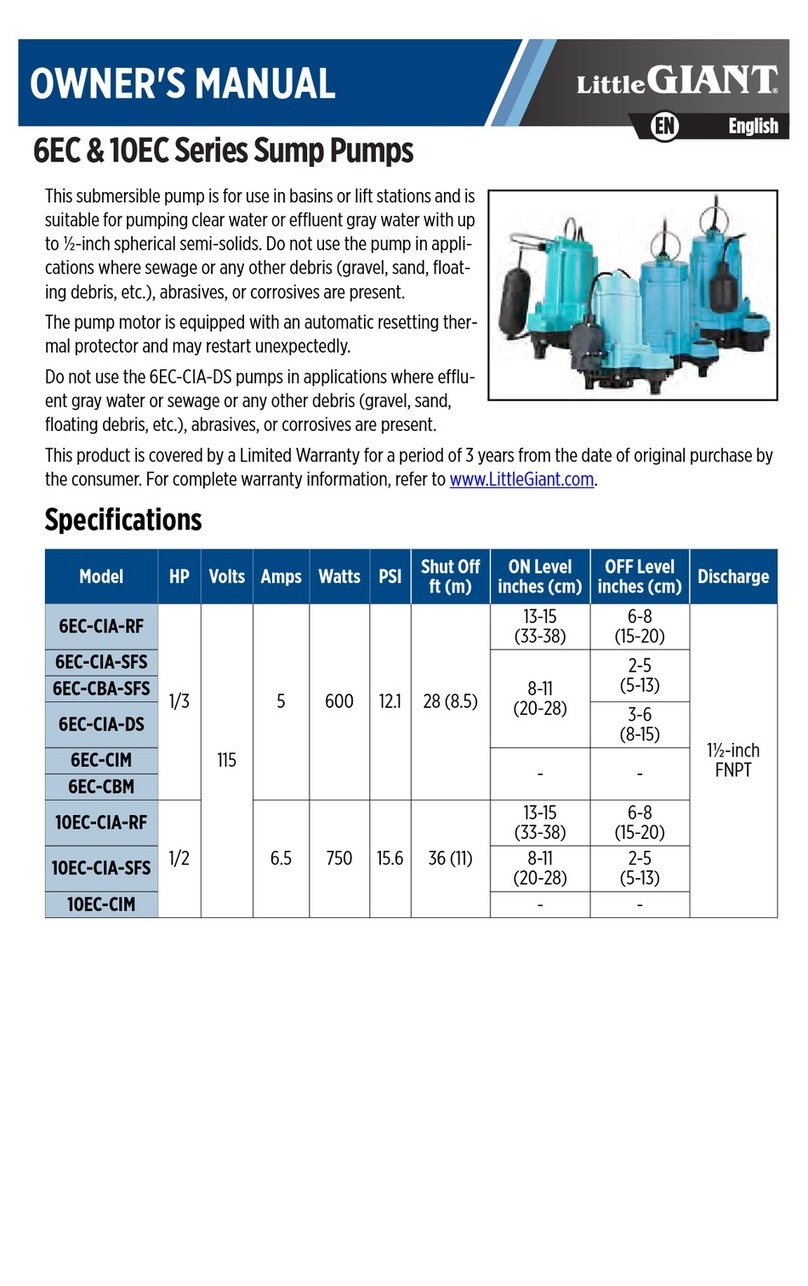Little Giant EC-1-DV User manual








Other manuals for EC-1-DV
1
This manual suits for next models
1
Table of contents
Other Little Giant Water Pump manuals

Little Giant
Little Giant PE-2YSA User manual

Little Giant
Little Giant PES-70 User manual

Little Giant
Little Giant 1-EAYS Service manual

Little Giant
Little Giant PCPK-N User manual

Little Giant
Little Giant 5.5-ASPA Series User manual

Little Giant
Little Giant SPBS-12 User manual

Little Giant
Little Giant VCMA-20-PRO Series User manual
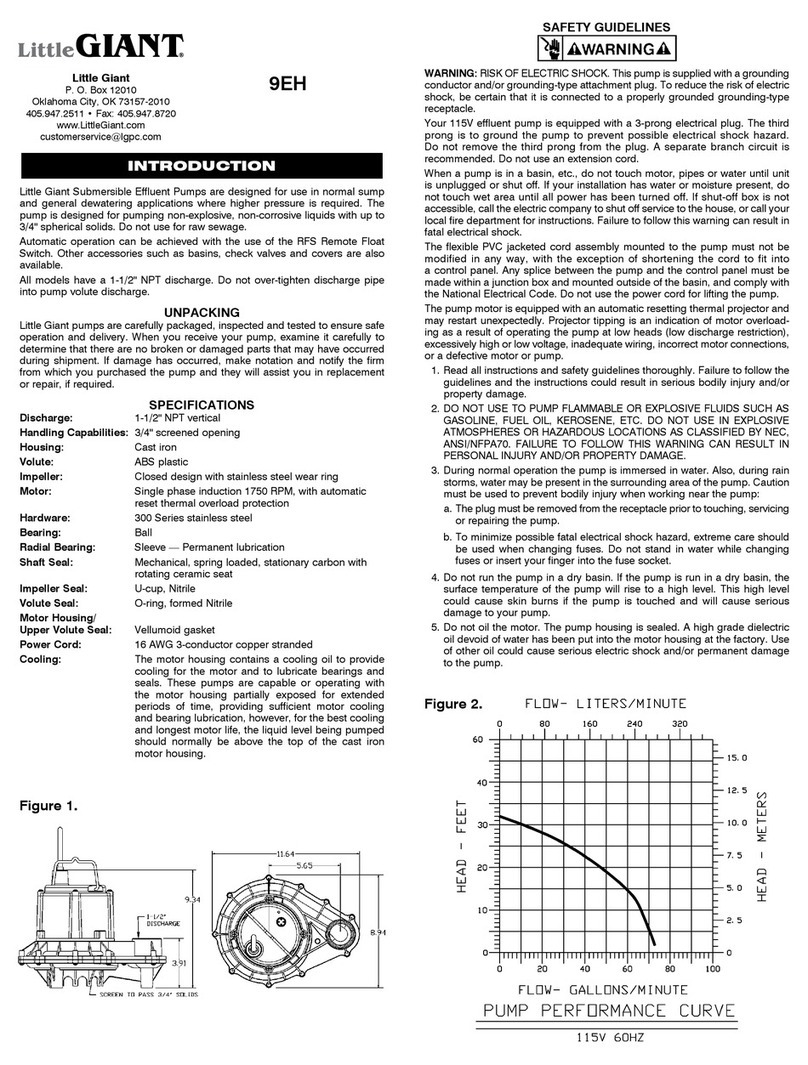
Little Giant
Little Giant 9EH User manual
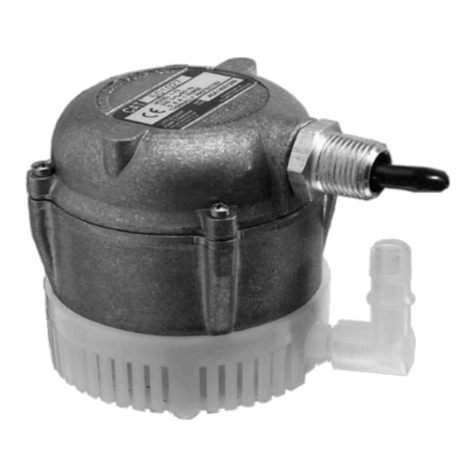
Little Giant
Little Giant 1-YS User manual
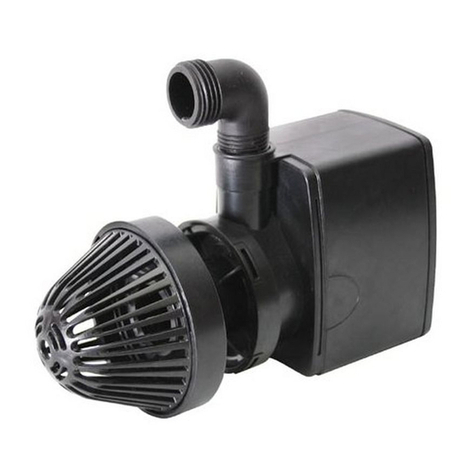
Little Giant
Little Giant PCP550 User manual
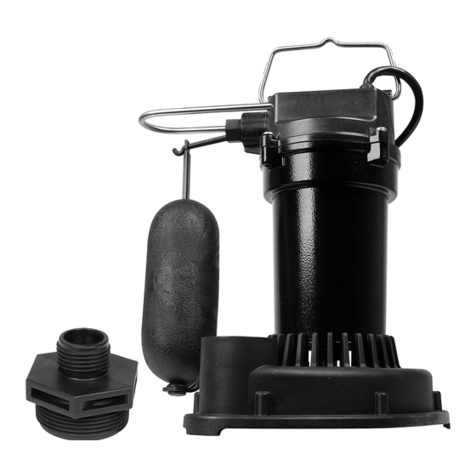
Little Giant
Little Giant 5.5-ASP User manual

Little Giant
Little Giant B-1000 Series User manual

Little Giant
Little Giant 9S-SMPXC-LG Reference manual
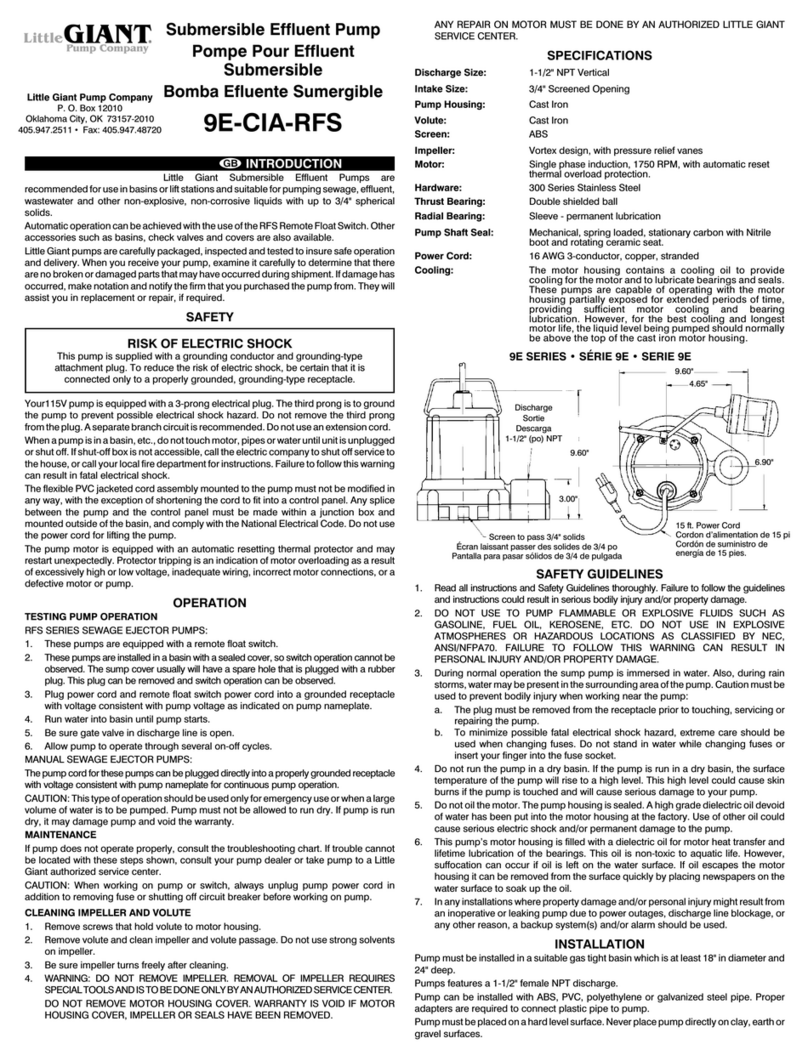
Little Giant
Little Giant 9E-CIA-RFS User manual

Little Giant
Little Giant APCP-1700 User manual

Little Giant
Little Giant VCMA Series User manual
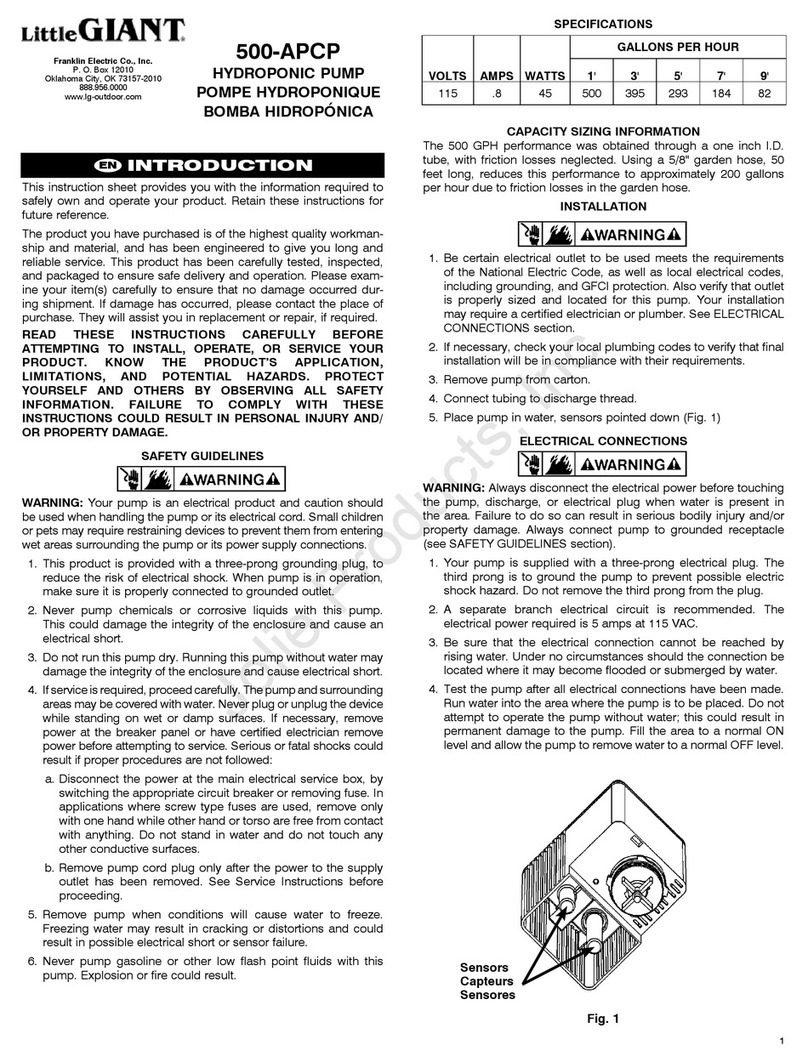
Little Giant
Little Giant 500-APCP User manual

Little Giant
Little Giant BSC33 User manual
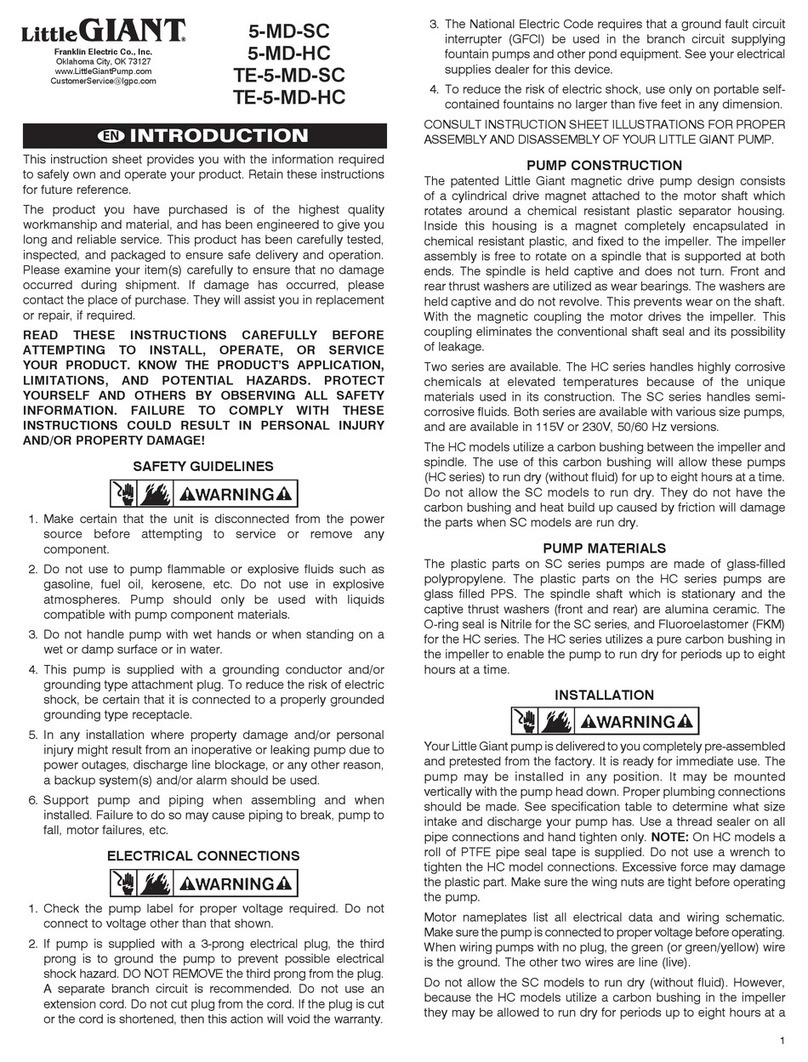
Little Giant
Little Giant 5-md-sc User manual
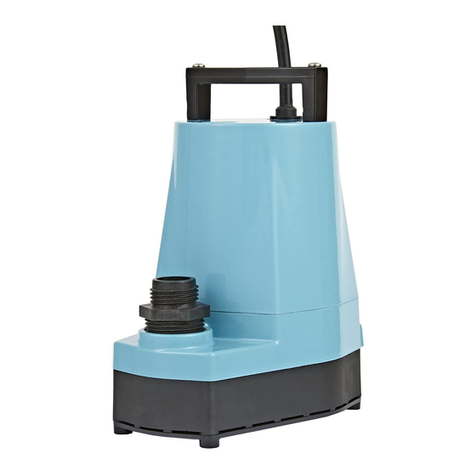
Little Giant
Little Giant 5-MSP Series User manual
Popular Water Pump manuals by other brands
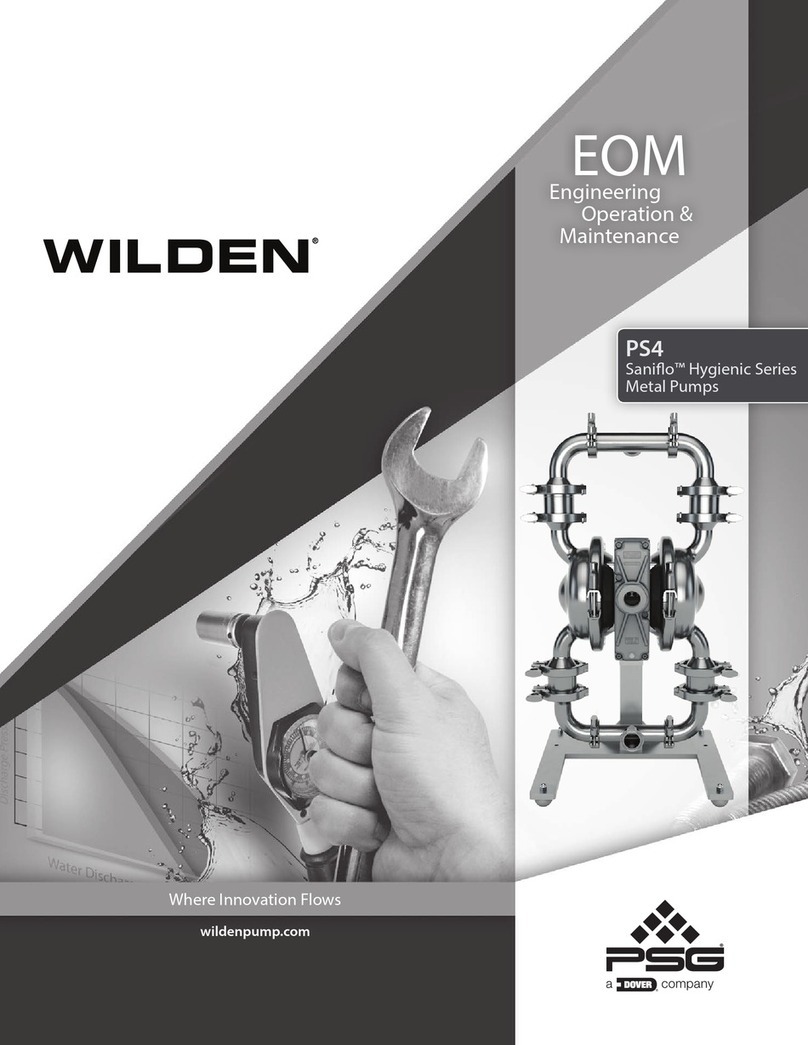
PSG
PSG Wilden PS4 Saniflo Hygienic Series Engineering, operation & maintenance
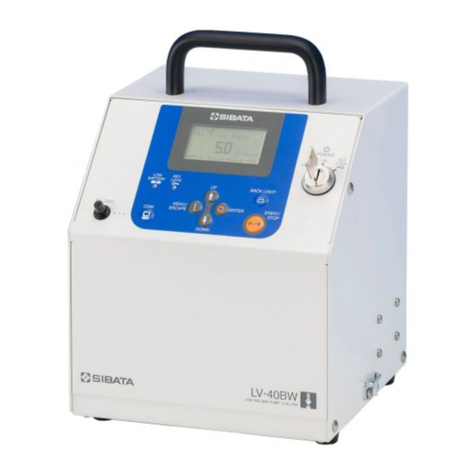
Sibata
Sibata LV-40BW Operation manual

Air-Aqua
Air-Aqua FlowFriend HFP90 Installation and user guide

Armstrong
Armstrong 79730-90 user manual
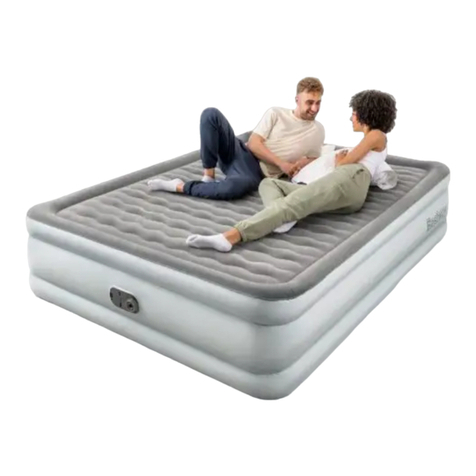
Bestway
Bestway Built-in Sidewinder P3150 owner's manual
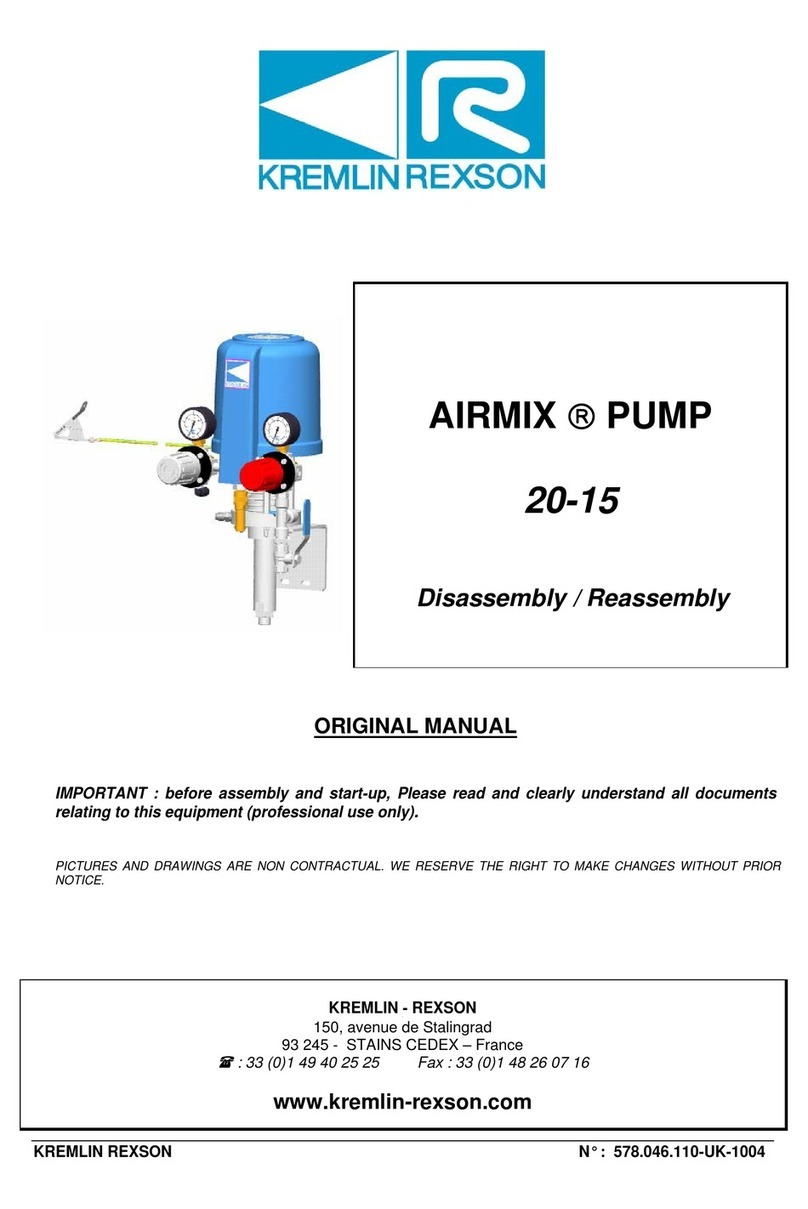
Kremlin-Rexson
Kremlin-Rexson AIRMIX 20-15 Original manual
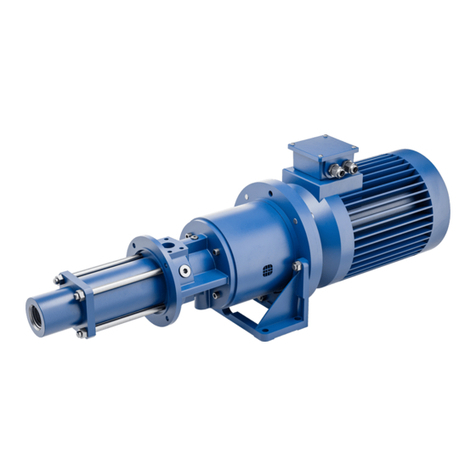
KRAL
KRAL W Series operating instructions

K2 Pumps
K2 Pumps WPS05001K owner's manual
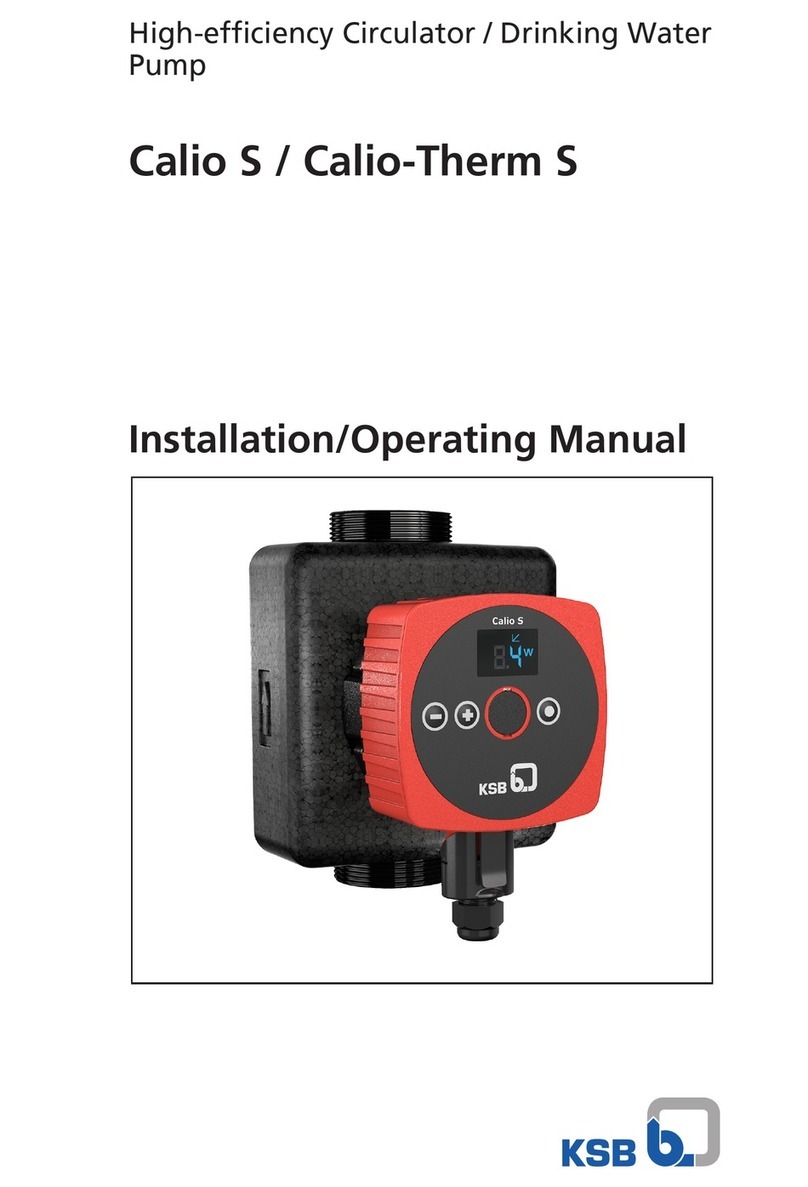
KSB
KSB Calio S Installation & operating manual
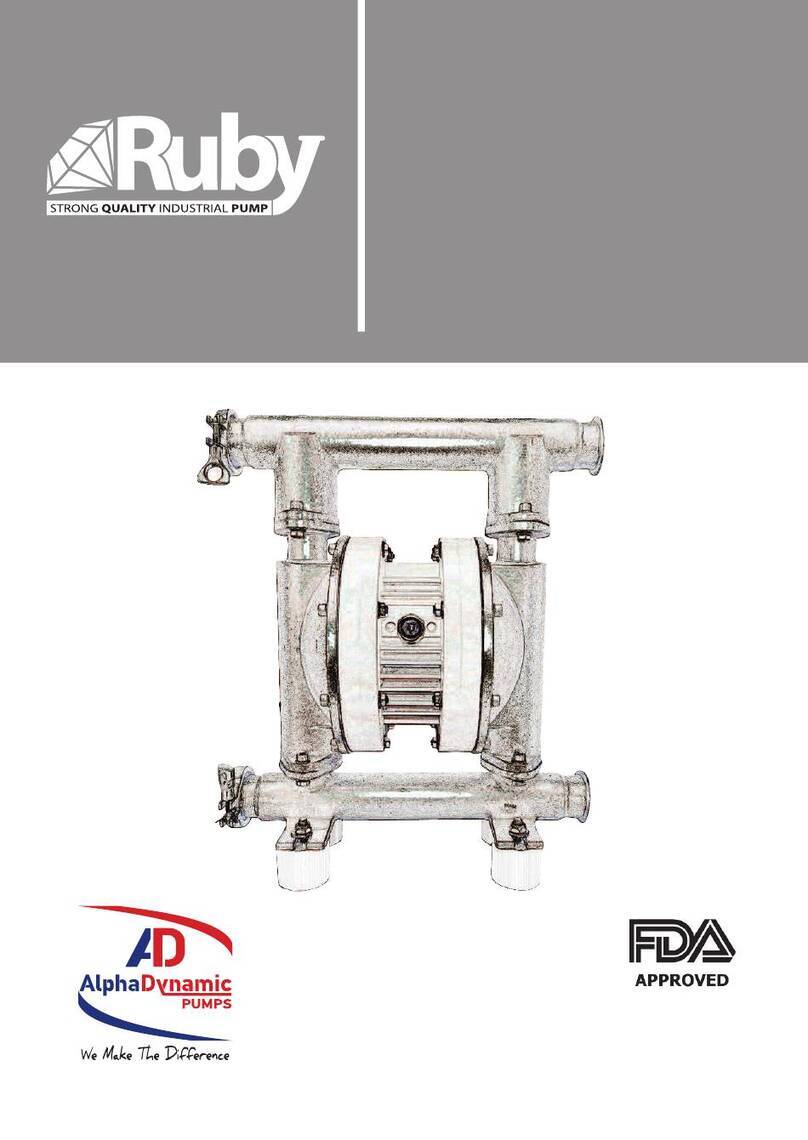
ALPHA DYNAMIC PUMPS
ALPHA DYNAMIC PUMPS Ruby 040 FDA Installation, operation and maintenance manual
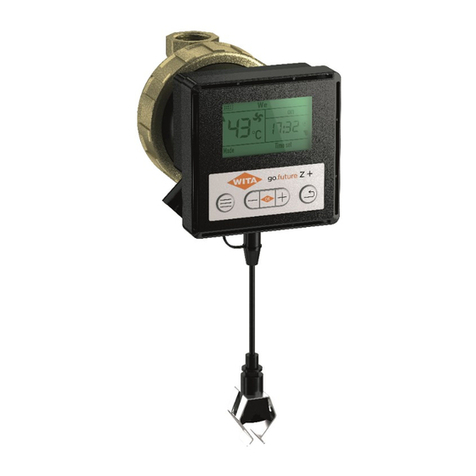
WITA
WITA go.future Z+ TRANSLATION OF THE ORIGINAL INSTALLATION AND OPERATING INSTRUCTIONS

Speck pumpen
Speck pumpen V 30 Assembly instructions
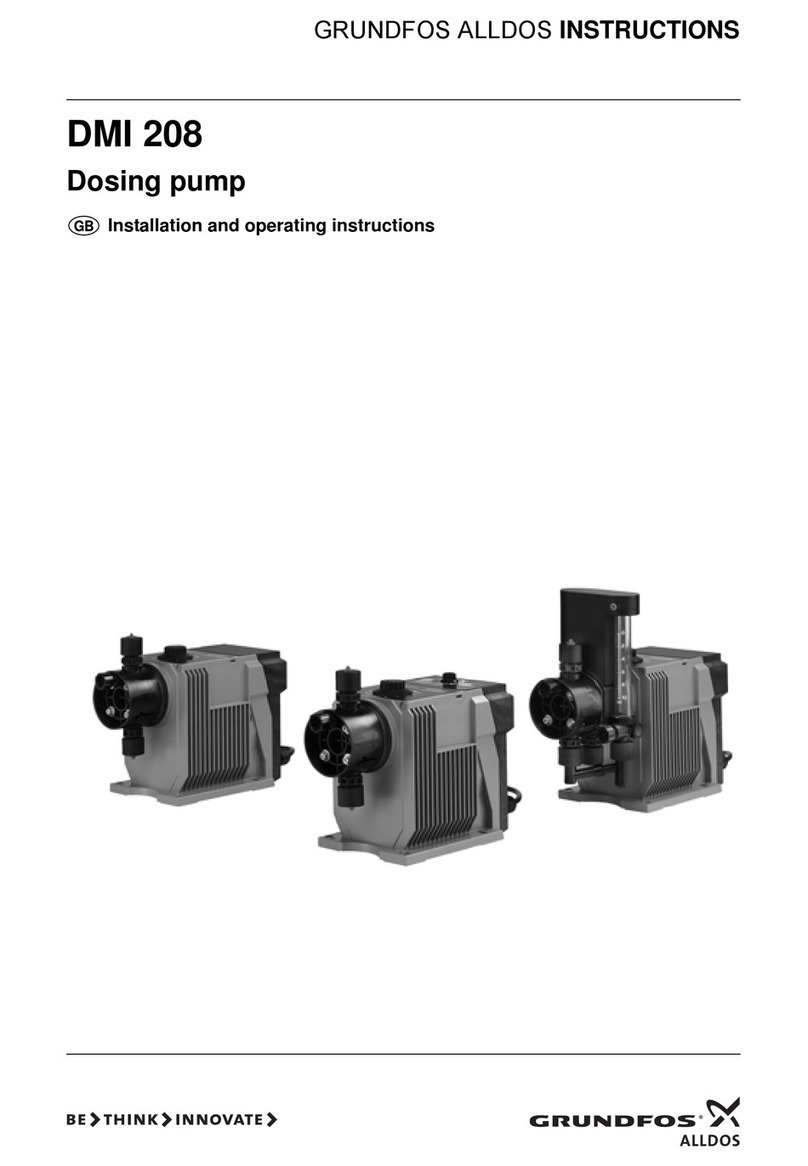
Grundfos
Grundfos DMI 208 Installation and operating instructions

Pentair
Pentair MYERS MRGD200MC2 owner's manual
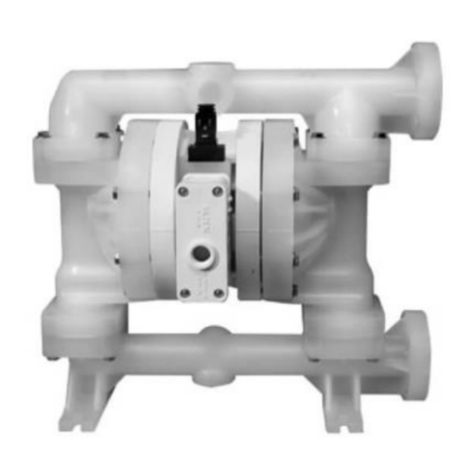
PSG Dover
PSG Dover WILDEN Accu-Flo A200 Engineering, operation & maintenance

BUSCH
BUSCH R5 Oxygen instruction manual

Barmesa Pumps
Barmesa Pumps BSP5CU Installation, operation & maintenance manual

Pfeiffer Vacuum
Pfeiffer Vacuum A 124H operating instructions
